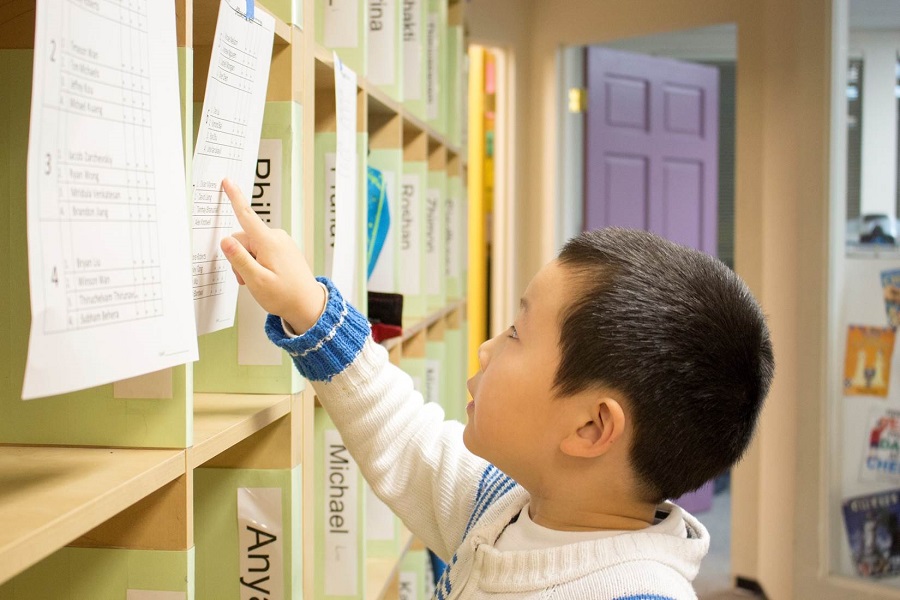
$75.00 FREE Chess Assessment
Learn More
A Chess Rating is a number typically ranging from 400-2000+. It is an estimate of a person’s tournament playing strength. You receive a rating after playing in a rated tournament once your name is entered into the database of players. The number will go up or down depending on how well you do against other rated players. Here is a list of sample ratings and how they typically correlate to chess skill:
400 Rating assigned to you before your first tournament
800 A player who knows some basics and sees a fair number of threats/opportunities
1200 A developing chess player who is understanding some chess strategy
1600 A player among the top scholastic players in the state of WA and perhaps in the nation.
2000 Expert Level – very few players reach this level while in grade school
2200 Minimum rating to be considered a “Chess Master”
2400 “Senior Master”
2500 Minimum rating as part of requirements to earn the “Grandmaster” (GM) title
2900 The World Champion is typically rated close to this
3000 No human has yet attained this in standard tournament competition
NWSRS stands for Northwest Scholastic Rating System. It is a ratings database primarily for K-12 kids in WA, OR, ID, and British Columbia. “Rated” events at Chess4Life primarily use this system. The Washington State Elementary Chess Championship also uses this system, so most elementary events in Washington are NWSRS rated. Once your student’s rating is established, you can view their rating and track their progress by visiting http://myrating.chess4life.wpengine.com.
USCF stands for United State Chess Federation and is the rating system used throughout the United States. To participate in USCF rated events your must have a USCF membership. A USCF rating is required to receive the title of National Master or Grandmaster.
Chess players have a “provisional rating” until they have participated in 26 rated games. During this provisional period, ratings can change very drastically and may jump up or down hundreds of points. Once a player’s rating is established, it can fluctuate anywhere between 0-60 points after each rated game (0-30 in case of a draw). The scenarios listed below provide an idea of what changes to expect to see to your rating after each game.
A win against a player rated 300 more than you: +60 points
A win against a similarly rated player: +30 points
A win against a player rated 300 less than you: +0 points
A loss again a player rated 300 more than you: -0 points
A loss against a similarly rated player: -30 points
A loss against a player rated 300 less than you: -60 points
A draw against a similarly rated player: very minor change
A win or a loss against an unrated player: no change
No. Online ratings vary depending on what site you use and have no effect on your “real” rating.
Different websites use different databases and methods to estimate change.
An ID is created as follows:
The first three letters are the school code associated with the school the player attends. An example of a school code would be LYEM (Lynden High School).
The next letter is the letter symbolizing the grade the child is in. A for grade 0 (kindergarten), B for grade 1, C for grade 2, all the way up to N for grade 13 (anyone older than grade 12). This letter will automatically update each year.
The next 4 digits are a random sequence of numbers that the NWRS site auto generates.
More Rating Info: http://www.ratingsnw.com/more/how-ratings-work/
Rating advice from Elliott Neff (National Master and Founder of Chess4Life)
Ratings can be very motivational as a means to set goals, and I will frequently tell students that you should set a rating that is about 300 rating points above where you currently are and strive for that goal. However, once you are within 100 points of your original goal, celebrate your progress and plan to adjust that goal up approximately 300 points again. Why? Simply because, typically, if you set a high goal, you will quickly advance through the lower levels, but setting too high of a goal becomes ‘unattainable’ and frustrating to a student.
I often tell students to avoid thinking about chess ratings before or during events. This is a VERY important point, especially for students who are below 1600. Looking at ratings before playing a match can easily result in one of two things, neither positive: 1 – playing vs a lower ranked player can lead to overconfidence as that lower ranked player may actually be much stronger than the rating implies. 2 – playing against a higher ranked player may easily lead to a feeling of “I’m going to lose because they are so good.” Instead, it is MUCH better to simply play each game to the best of your ability.
To illustrate the importance of doing the above….when I was 12 years old I played in the US OPEN Chess Championships in Jacksonville, FL. In one of the matches, I played an experienced player, but did not look at the ratings as I avoided doing so. It was a long and challenging game, but I did end up checkmating my opponent. After the game, I asked him what his rating was so I could write it on my scoresheet. He replied that he was rated 2200!! I nearly collapsed as my knees started to knock – realizing that I had just defeated my first master! (I knew that if I had known he was a master before the game, the likelihood is that I would have lost that game).